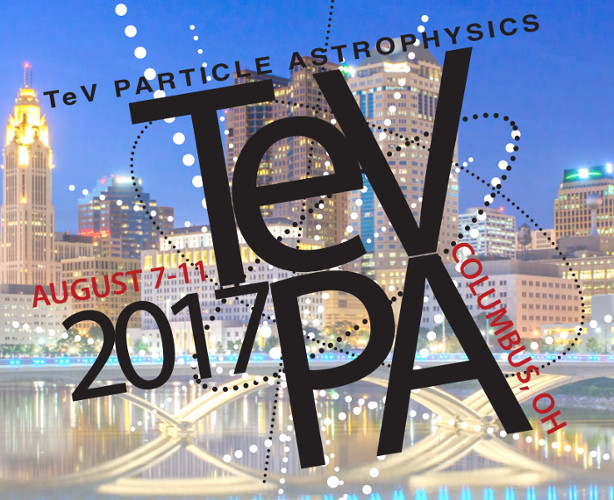Speaker
Description
The very high energy ($E > 100 $ GeV) gamma-ray flux from extragalactic sources is attenuated due to $e^+e^-$ pair production on the extragalactic background light (EBL). This attenuation process can lead to the development of electromagnetic cascades from the inverse-Compton scattering of background photons by the produced $e^+e^-$ pairs. The cascade secondary gamma-ray emission is reprocessed at lower energies and its spectral and temporal behavior depends on the properties of the extragalactic magnetic field (EGMF) along the line of sight due to the deflections of the charged component of the cascade. The temporal and spectral energy distribution structure of the gamma-ray emission from blazars can then be used to probe the EGMF. In this contribution the gamma-ray blazar PG 1553+113 is identified as a promising target to search for secondary emission, based on H.E.S.S. and Fermi-LAT energy spectra. Monte-Carlo simulations of cascades using the public code ELMAG are performed to derive EGMF constraints under different assumptions on the intrinsic spectrum and the time span of the gamma-ray activity of the source. Prospects to take advantage of the quasi-periodic modulation seen in the activity of PG 1553+113 to look for secondary gamma-ray emission are also presented.




